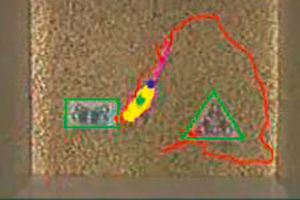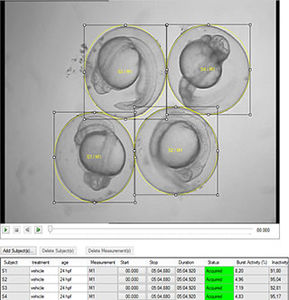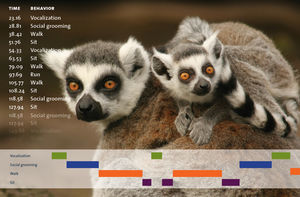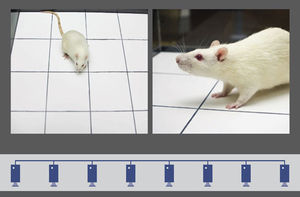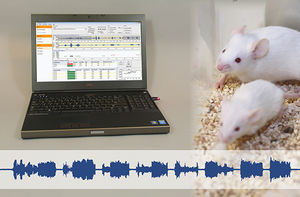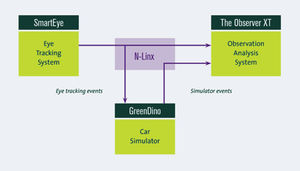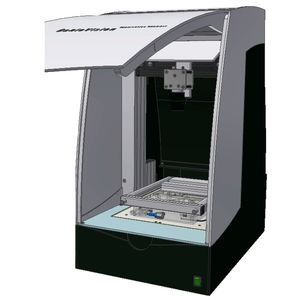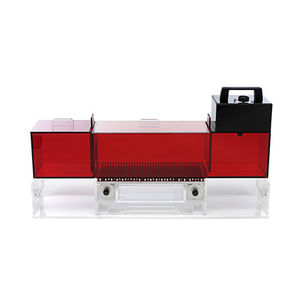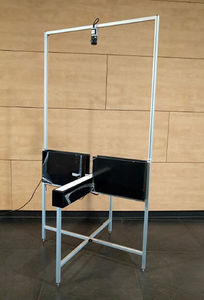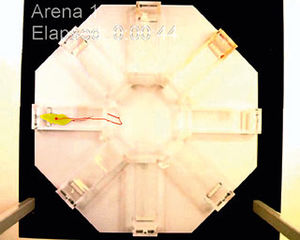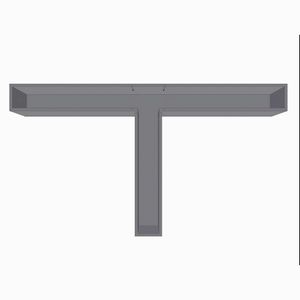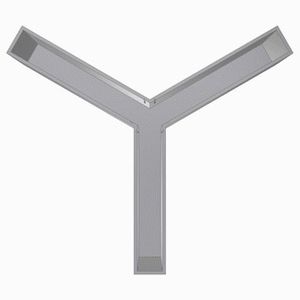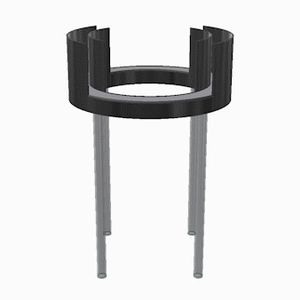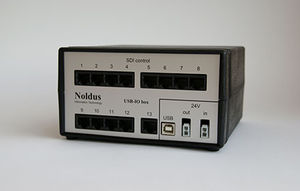

- Products
- Catalogs
- News & Trends
- Exhibitions
Barnes experiment maze for animal researchfor micefor rats
Add to favorites
Compare this product
Characteristics
- Type
- Barnes
- Applications
- for animal research
- Animal type
- for mice, for rats
Description
The Barnes maze is a well-known paradigm to study spatial learning and memory. This maze consists of a circular table with circular holes around the circumference. The goal is for the animal to reach the box that is positioned beneath one of the holes with the aid of visual cues. A food reward in the goal box can help the training process. In some experiments the surface of the table is brightly lit, serving as an aversive stimulus that motivates the mouse or rat to find (and hide in) the goal box.
Besides investigating the learning curve of the animal over consecutive trials, the searching strategy of the animal can also be of interest. While some animals randomly search for the correct hole, others might systematically check each hole in certain patterns. When animals move directly to the correct hole independent of their starting position, this indicates spatial memory has formed.
Areas of interest in the Barnes maze
Of course, within the Barnes maze, the different holes are of interest. These are predefined in the template, all you have to do is drag and drop these circles to the correct place in the video image within EthoVision XT. Specify which has the goal box underneath, and now EthoVision XT can combine this information with the tracking data you are about to acquire.
Related Searches
- Analysis software
- Laboratory software
- Monitoring software
- Scan software
- Tracking software
- Measurement software
- Web-based software
- Recording software
- Test software
- Cardiac software
- Research software
- Animal research cage
- Modular animal research cage
- Smartphone software
- Experiment maze
- Mice experiment maze
- Rat experiment maze
- Communication software
- Animal research experiment maze
- Rodent animal research cage
*Prices are pre-tax. They exclude delivery charges and customs duties and do not include additional charges for installation or activation options. Prices are indicative only and may vary by country, with changes to the cost of raw materials and exchange rates.

